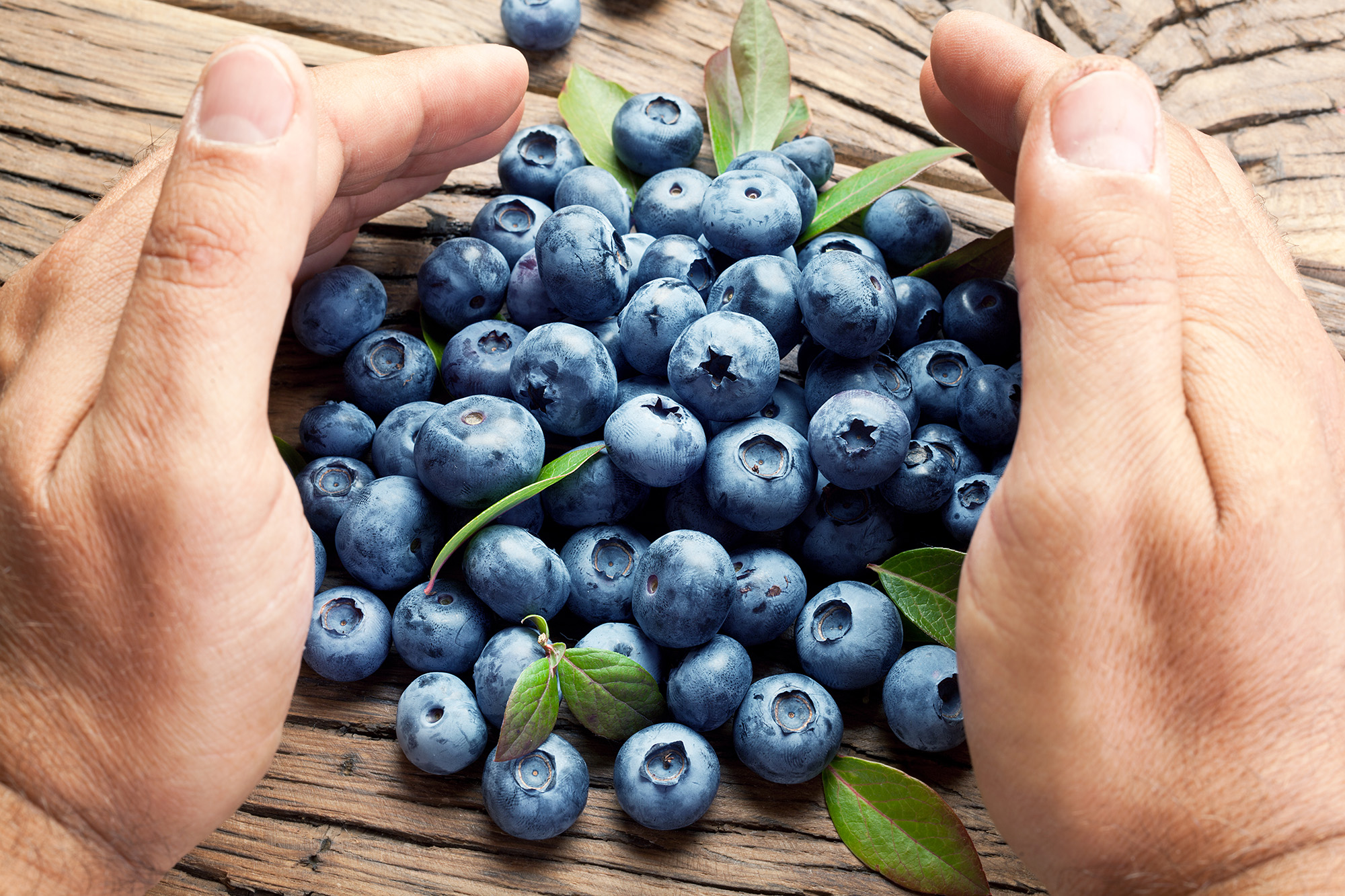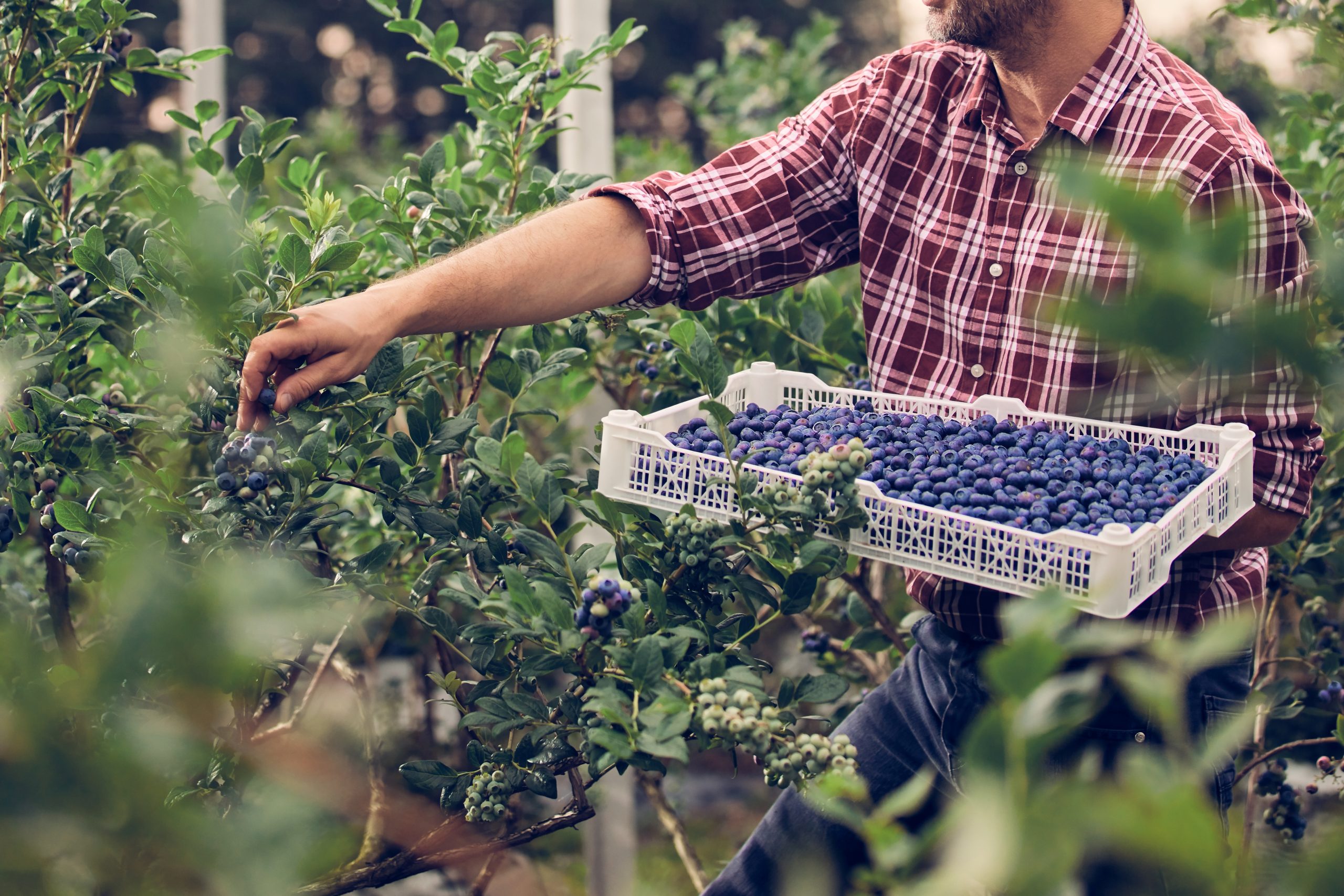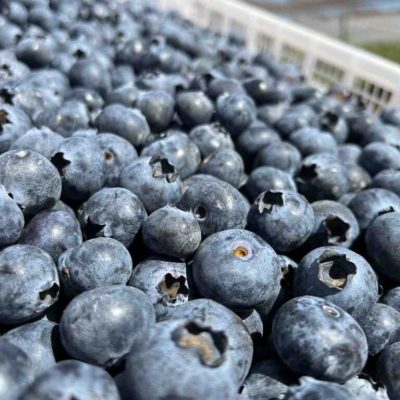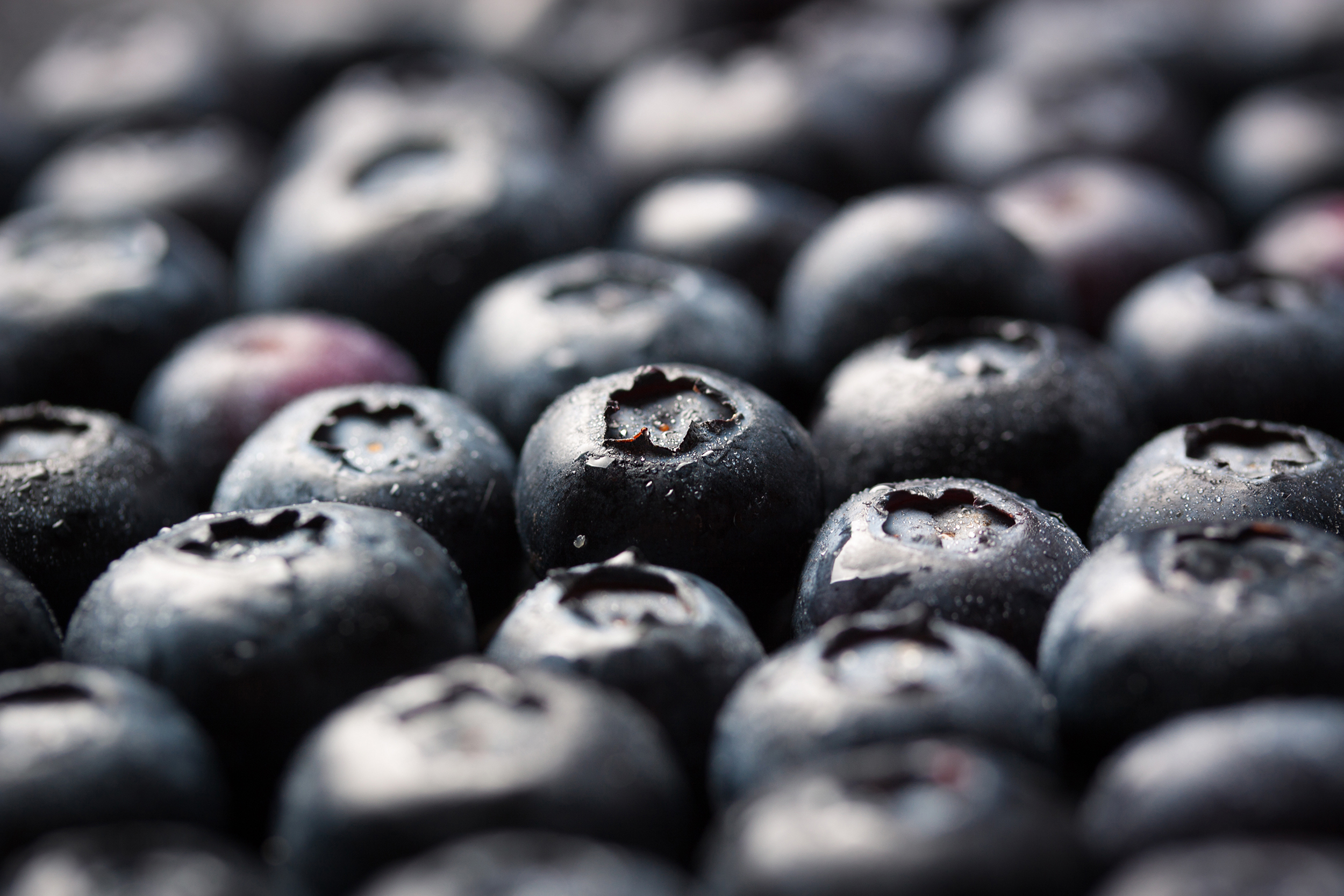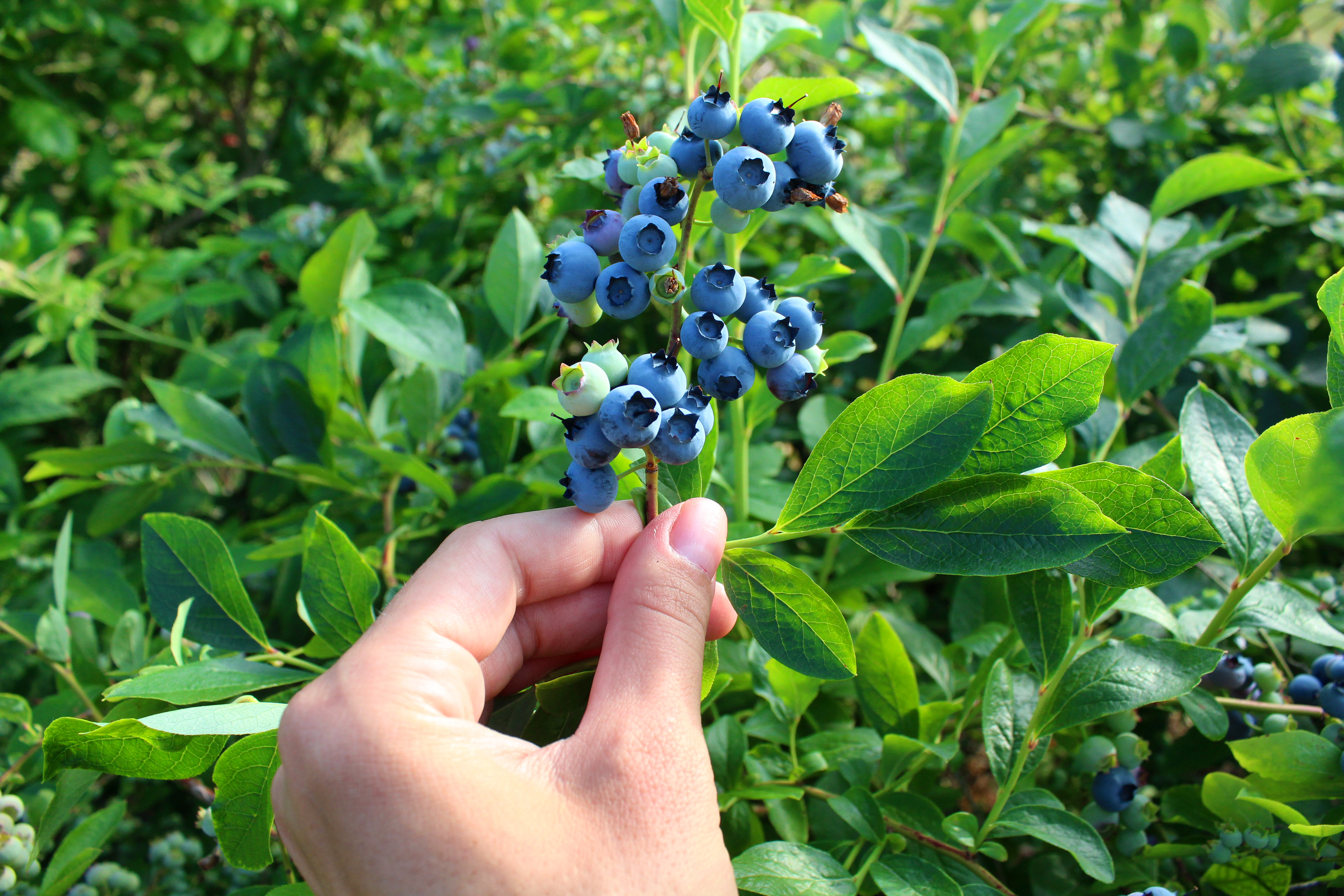Agronometrics in Charts: Peru witnesses a 37.5% uptick in blueberry production in Q1 of 2023
In this installment of the ‘Agronometrics In Charts’ series, Sarah Ilyas studies the state of the Peruvian blueberry industry. Each week the series looks at a different horticultural commodity, focusing on a specific origin or topic visualizing the market factors that are driving change.
Notwithstanding the inclement weather characterized by torrential rains and seasonal floods, Peru’s agricultural sector achieved substantial progress during the first quarter of 2023 (January-March).
According to a report issued by the Ministry of Agrarian Development and Irrigation, the upswing in the blueberry production played a pivotal role in driving the growth, recording a remarkable surge of 37.5% over the corresponding period of 2022.
The rise in blueberry production can be attributed to the larger cultivation area in the regions of Lambayeque, Ica, and La Libertad. Blueberries, being the main exported agricultural commodity, accrued sales exceeding US$1.364 billion by the end of 2022.
The United States remains as the main market for Peruvian blueberries, with more than 152,000 tons exported in the 2022-23 season (around 53% of the total volume exported).
Source: USDA Market News via Agronometrics.
(Agronometrics users can view this chart with live updates here)
Owing to the higher incoming volumes from Peru, pricing this season was on average lower than last season, ranging from $13.93 per package in week 44 and 45 of 2022 to $25.33 per package in week 10 of 2023.
Source: USDA Market News via Agronometrics.
(Agronometrics users can view this chart with live updates here)
One contributing factor to the impressive growth of Peru’s blueberry production has been the expansion of both new and existing producing regions. Data provided by Senasa indicates that in 2016, Peru had a mere 1,923 hectares of blueberry plantations. However, by 2020, this number had soared to 18,614 hectares.
Previously, 90% of production was concentrated in the La Libertad region, but presently, this region only accounts for 25% of total production. Other regions such as Lambayeque, Ica, and Lima have significantly increased their volumes.
Another important factor in Peru’s rise in blueberry volumes is the evolution of new varieties since 2016.
“Seven years ago, we registered only 13 varieties of blueberries with Biloxi representing almost 60% of all crops in the country. By the end of 2022, we registered 65 varieties of blueberries, with a drop in the share of Biloxi to 25% participation, being surpassed by Ventura with 32%,” explained Luis Miguel Vegas, General Manager of Proarandanos while showcasing some of the country’s achievements during a presentation at the 2023 South American Blueberry Convention held in Chile on April 18.
The country has added nearly 3,000 new hectares of blueberry crops per year since 2016.
“We need to keep investing in new varieties because it favors both the consumers and producers. On one hand, it provides a better, higher quality fruit, and for producers, it increases productivity and allows the country to diversify its market and stop being so dependent on the U.S. market right now more than half of our volume depends on that country,” concluded Vegas.
According to César Romero, an International Trade specialist at the Directorate of Economic Studies of the Ministry of Agrarian Development and Irrigation (Midagri), there is still room for growth in blueberry shipments abroad, since Peru has only sent this product to 32 markets last year. In addition, Senasa has been working on opening a portfolio of new destinations, which are South Africa, South Korea, New Zealand, Vietnam, Argentina, Bolivia, the Dominican Republic, Ecuador and Australia.
Source: USDA Market News via Agronometrics.
(Agronometrics users can view this chart with live updates here)
In our ‘In Charts’ series, we work to tell some of the stories that are moving the industry. Feel free to take a look at the other articles by clicking here.
All pricing for domestic US produce represents the spot market at Shipping Point (i.e. packing house/climate controlled warehouse, etc.). For imported fruit, the pricing data represents the spot market at Port of Entry.
You can keep track of the markets daily through Agronometrics, a data visualization tool built to help the industry make sense of the huge amounts of data that professionals need to access to make informed decisions. If you found the information and the charts from this article useful, feel free to visit us at www.agronometrics.com where you can easily access these same graphs, or explore the other 21 commodities we currently track.
30/05/2023



